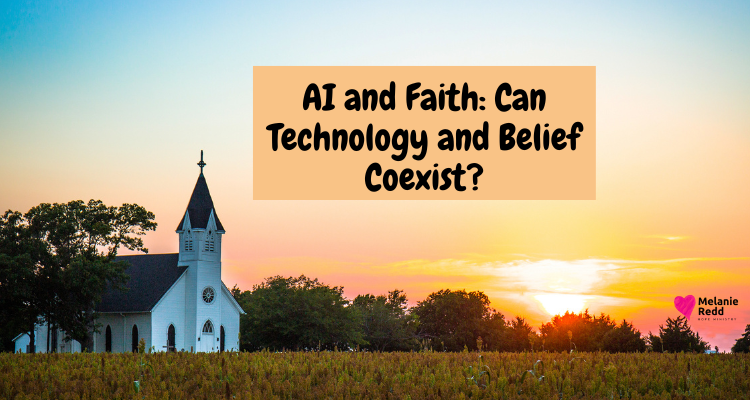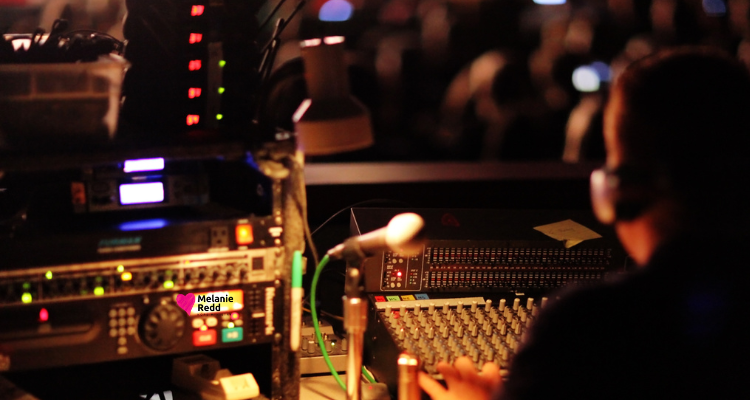AI and Faith: Can Technology and Belief Coexist?

What Happens When Machines Get Smart? AI and Faith: Can Technology and Belief Coexist?
AI is no longer science fiction. It writes poems, answers questions, and even gives sermons. Some people call it progress. Others call it a problem.
For people of faith, this raises big questions. Can a machine understand what it means to be human? Can it honour God? And should we trust it?
These aren’t just theoretical questions. AI is making its presence known in church bulletins, Bible study apps, and even worship playlists. It’s learning to mimic prayer and preach scripture. But can it be believed?
What AI Can Do (and What It Can’t)
AI is fast. It reads the Bible in milliseconds. It can generate 50 devotionals in under a minute. But speed is not wisdom. And content is not conviction.
That matters. Faith is personal. It’s built on lived experience, not just pattern recognition.
As one pastor told me, “AI can quote Romans, but it doesn’t know what grace feels like.”
AI also has limits. It learns from data. If the data is biased or broken, the output will be too. We’ve already seen AI write harmful or untrue things about religion. Some churches have even asked how to remove site from Google search results when AI spreads misinformation.
How AI Is Already in Our Faith Lives
You might not notice it, but AI is already part of your worship life. Music apps use it to suggest gospel songs. Bible apps use it to offer verses based on your mood. Some churches use AI tools to organise events or track attendance.
Even sermon prep has changed. Some pastors use AI to brainstorm topics or simplify language. That’s not cheating. That’s just another tool, like a thesaurus or a concordance.
But it can go too far. AI is not a replacement for prayer, reflection, or human guidance.
One youth minister shared, “A kid told me he used AI to write a confession. It sounded perfect. But it meant nothing to him. He didn’t cry. He didn’t change.”
Should We Be Worried?
Not necessarily. Technology has always tested the church. The printing press caused a stir. So did the radio. So did TV. And now AI.
The key is not to reject it. It’s to use it wisely. Ask questions. Set limits. Keep people at the centre.
Some people worry about AI replacing human jobs, including church work. But faith isn’t scalable like software. It’s relational. You can’t automate kindness. You can’t outsource compassion.
Where AI Might Help
There are real upsides. AI can help people with disabilities read the Bible. It can translate scripture into new languages. It can remind people to pray or offer encouragement after a hard day.
One missionary told me, “AI helped us speed up translation work by five years. That’s five years sooner someone hears about Jesus in their own tongue.”
AI also helps with accessibility. Tools like voice assistants or text readers can support people who are visually impaired or older adults. That’s grace in action.
What to Watch For
AI That Replaces Human Connection
If we use AI to avoid hard conversations or real community, we lose the heart of the gospel. No chatbot can sit beside you when you grieve. No app can baptize you.
AI That Twists Scripture
Some AI tools don’t understand context. They might pull random verses to support something unbiblical. Always double-check. Let AI help, but don’t let it lead.
AI That Spreads Misinformation
This is already happening. Bad actors use AI to create fake content about religion. If your church or ministry is affected, you may need to contact a tech expert or legal team. In some cases, content removal services or search suppression may be required.
How to Talk About AI in Your Church
Start small. Ask your pastor or group leaders what tools they use. Discuss where AI could help and where it shouldn’t be used.
Run workshops. Invite tech-savvy members to explain what AI can and can’t do. Use real examples. Keep the tone honest but hopeful.
Set some guardrails. For example, don’t let AI write prayers or confessionals without human review. Always be clear when AI is used in any public content.
Final Thought: Faith First, Tech Second
AI is here. It’s not going away. But it doesn’t have to be scary.
Let your faith shape how you use it. Keep relationships, reflection, and reverence at the centre. Use AI when it helps. Step back when it doesn’t.
Machines can learn. But only people can believe.
And that’s what makes faith different.
So pray with your heart. Think with wisdom. And let technology serve, not lead.
Were you encouraged by what you read?
Then, would you share this article with a friend, co-worker, or family member?
Or, maybe you can send it to a friend or family member?
This blog occasionally uses affiliate links and may contain affiliate links.
Additionally, Melanie Redd is a participant in the Amazon Services LLC Associates Program.
This is an affiliate advertising program designed to provide a means for sites to earn advertising fees. These are earned by advertising and linking to Amazon.com.
Also, for more on my disclosure policy, click HERE.
© Melanie Redd and Hope Ministry, 2025. Unauthorized use and/or duplication of this material without express and written permission from this blog’s author and/or owner is strictly prohibited.
Further, excerpts and links may be used, provided that full and clear credit is given to Melanie Redd and Hope Ministry.
Please give appropriate and specific directions to the original content.




0 Comments